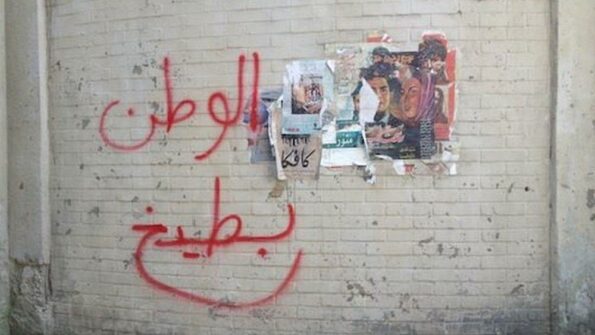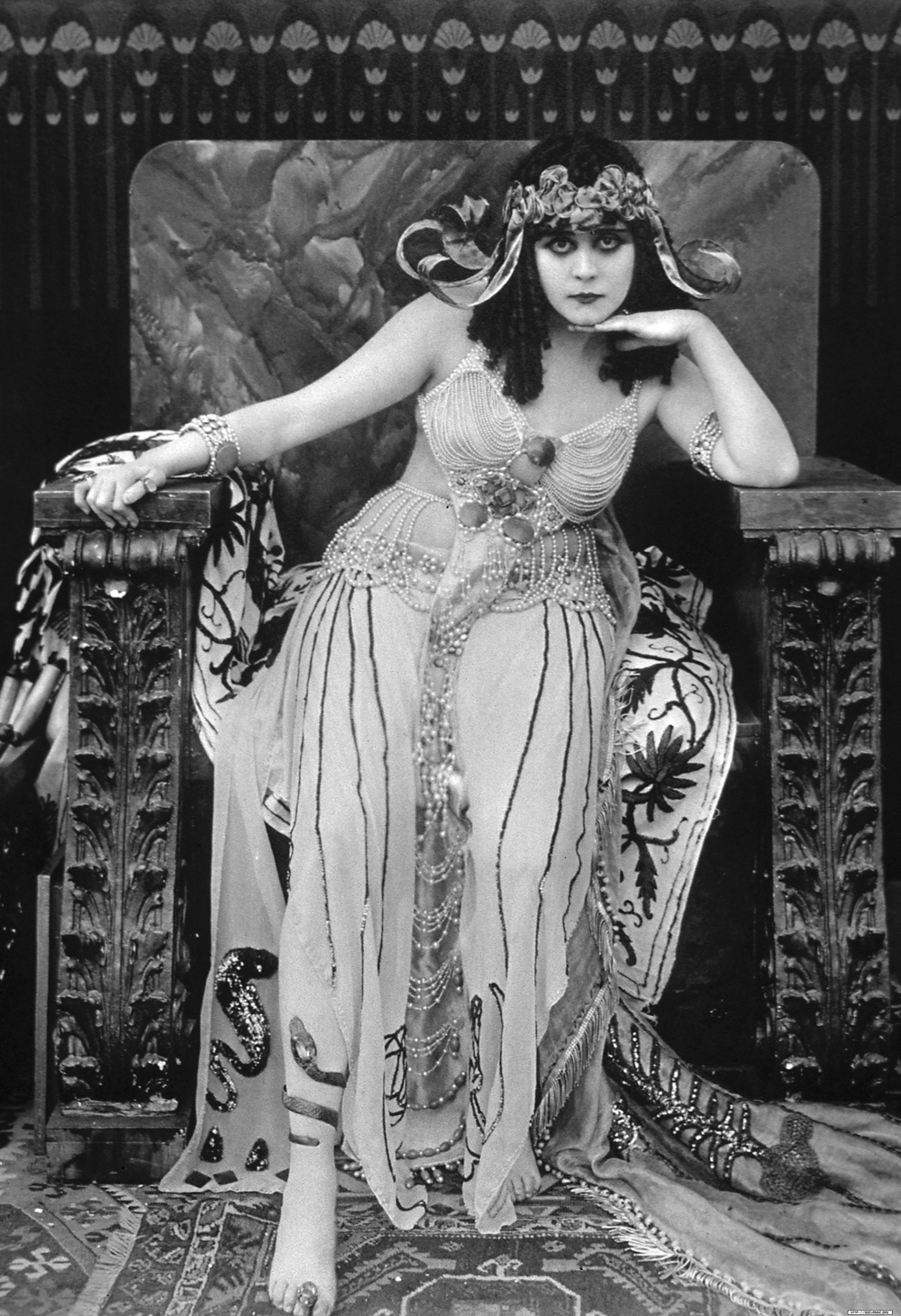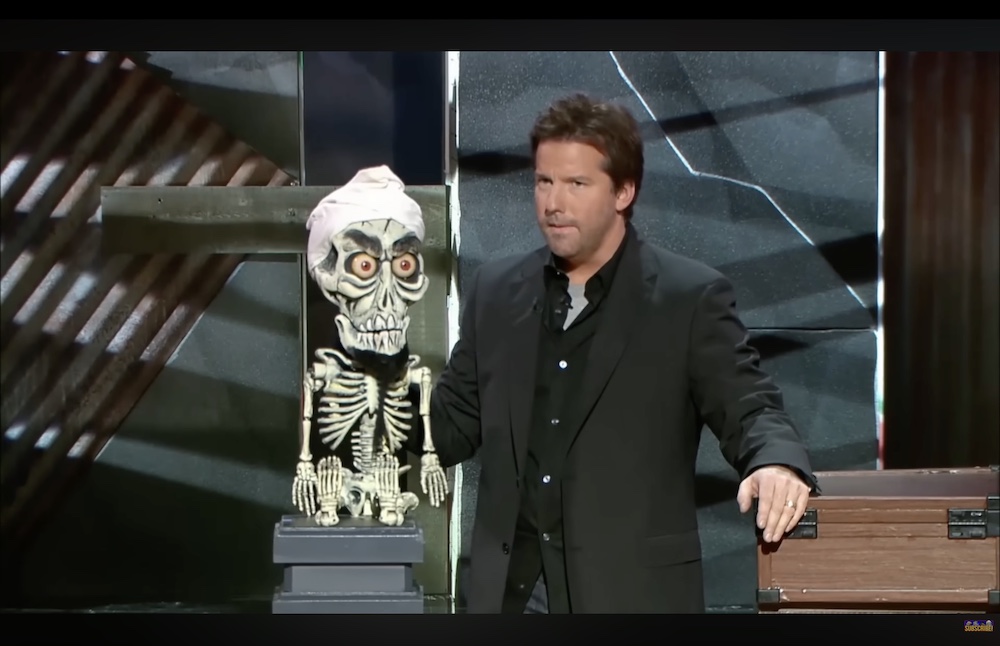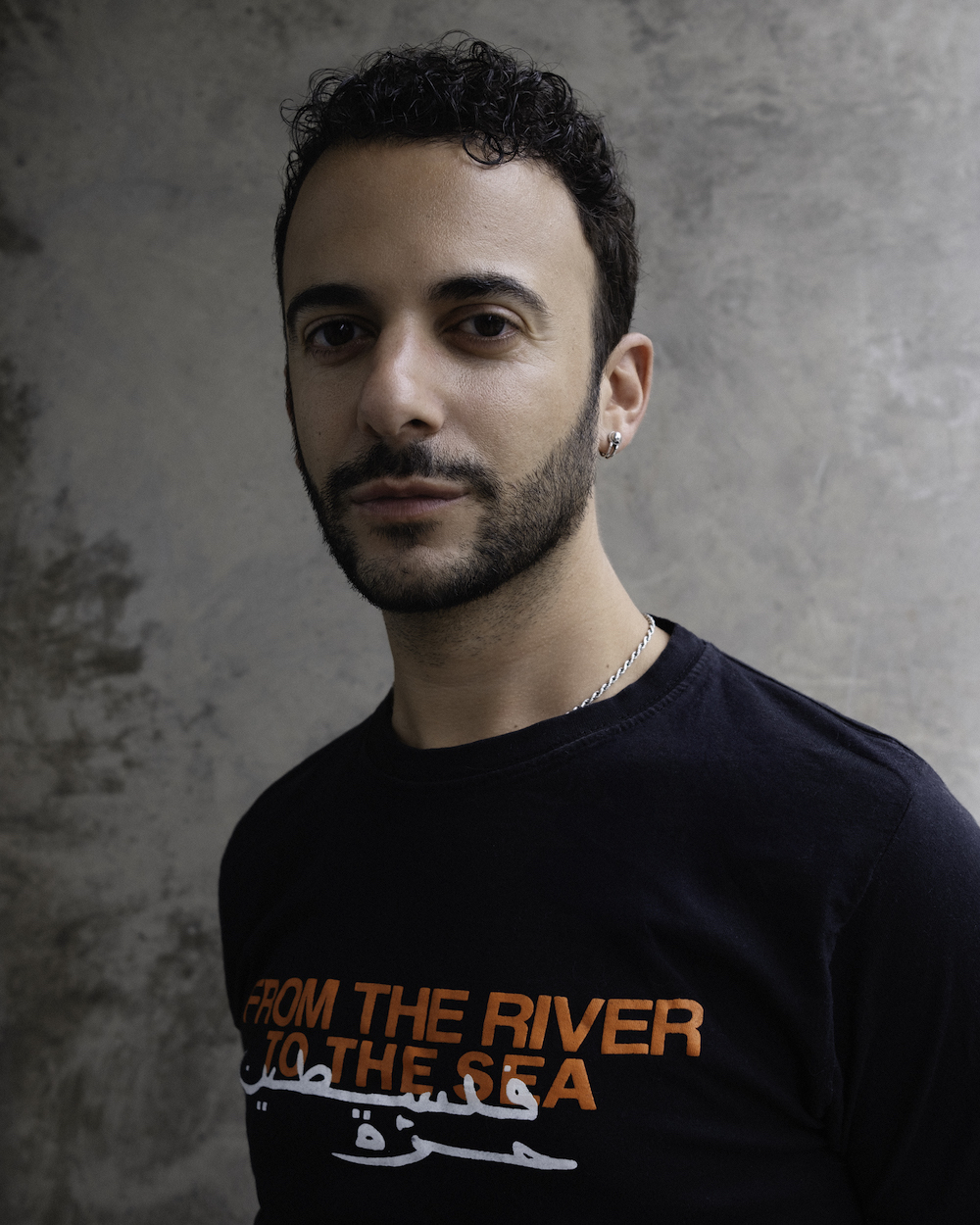Search
To search for an exact match, type the word or phrase you want in quotation marks.
A*DESK has been offering since 2002 contents about criticism and contemporary art. A*DESK has become consolidated thanks to all those who have believed in the project, all those who have followed us, debating, participating and collaborating. Many people have collaborated with A*DESK, and continue to do so. Their efforts, knowledge and belief in the project are what make it grow internationally. At A*DESK we have also generated work for over one hundred professionals in culture, from small collaborations with reviews and classes, to more prolonged and intense collaborations.
At A*DESK we believe in the need for free and universal access to culture and knowledge. We want to carry on being independent, remaining open to more ideas and opinions. If you believe in A*DESK, we need your backing to be able to continue. You can now participate in the project by supporting it. You can choose how much you want to contribute to the project.
You can decide how much you want to bring to the project.

It’s a strange moment to be Arab. On one hand I see relentless violence unleashed on my people and their lands. Forces of extermination adamant on breaking the societal and cultural bonds that sit at the core of our identities. I see the pain and the suffering in the eyes of men, women and children who might as well be my own family, and I hear dehumanising language that wants to render us disposable.
On the other hand I see our music gracing international stages, and our foods infiltrating every menu and cuisine. I see “Arab representation” on the small and the big screen, and our slang uttered by every other foreign tongue.
Yalla,
Habibi.
How does one reconcile the world’s apparent admiration with Arab culture with the samer world’s complete inaction in stopping our annihilation? It got me thinking about the linguistic landscape painted around us using our language and lexicon. It got me thinking about Theda Bara.
Theda Bara was an American Jewish actress born in Cincinnati to a Polish father and a Swiss mother. She appeared in 40 films between 1915 and 1919, almost always in the role of the orientalist “femme fatale”. Theda Bara was her stage name, an anagram of “Arab Death”.
Fox Film Company created this persona to advertise films featuring their newest starlet, and for that purpose they wrote a fictitious biography: Bara was a wild child who was born in the Sahara Desert ‘in the shadow of the Sphinx,’ the daughter of a French actress and an Arab sheikh. The two schooled Theda in the arts from their small tent in Egypt. Bara was advertised in an orchestrated campaign to be “The Queen of Vampires,’ ‘Purgatory’s Ivory Angel’ and ‘The Devil’s Handmaiden.’
With that, the image of the “Arab” women was introduced to the American masses: a beautiful, exotic and evil vamp (short for vampire), far from human, quite literally, dehumanised. A persona we marvel at and have it entertain us, but never regard with the same degree of humanity that we graciously bestow upon others. Right there, in Hollywood’s earliest days, Bara’s persona was assembled by American movie producers, and at the core of it sat the notion of “Arab Death”.

American actress Theda Bara
At that point in history, the image of Arabs in the Western consciousness was that of a depraved society, hellbent on the most morally questionable and erotic acts. It goes all the way back to the infamous One Thousand and One Nights, a collection of Middle Eastern folktales compiled in Arabic during the Islamic Golden Age. The first European version was translated into French in the early 18th century, but had to be significantly censored due to its “lewd” content. Fragile, conservative European morality had to be protected from the depraved Arabs, a perception that persisted throughout the decades that followed.
As European imperial ambitions got increasingly greedy throughout the nineteenth-century, their eyes were laser-focused on what they coined as the “Middle East”: A strategic passage that connected them to large swaths of land that they colonised in the “Far East”. Extending their control over the Middle East would bring them great financial and commercial rewards. It was around this point in history that Orientalist “art” was born.
Belly dancers
Hammams
Exotic women
The occult
Unshackled sensuality
Flying carpets
European perceptions and projections of our lives and cultures were soon to be weaponised for their greedy expansionist desires. White-skinned painters and writers imagined “Arabia”, all based on ideas they constructed of us continents and oceans away. As we look back at Orientalist art, many perceive its flaws as issues of representation, but most miss the political intent embedded in it. Some of the first nineteenth-century Orientalist paintings were intended as propaganda, to manufacture consent amongst the European psyche in support of French imperialism. The “Middle East” was portrayed as a place of backwardness, lawlessness, or barbarism, which needed to be enlightened and tamed by French, or British, rule.
At the time, conservative Victorian morality ruled. As European imperial powers were getting ready to send their troops into the Middle East, there was fear that their men would be corrupted by the “degenerate orientals”. In order to safeguard the young men’s morality, the now ruling imperial powers enforced laws onto us such as the criminalisation of prostitution, homosexuality and other forms of “moral depravity”. The French Mandate in Lebanon even introduced a law specifying the minimum length of a woman’s skirt, and banned miniskirts. They justified these invasive laws, amongst many others, as a way to civilise and educate the backward and savage Arabs, the barbarians.
The word “barbarian” comes from the ancient Greek word bárbaros, which represents how foreign languages sounded to the Greek, as unintelligible sounds, bar bar bar. The Romans later adopted the term to describe foreigners who lacked Greek and Roman traditions, who supposedly lacked civilization and sophistication.
So the Arab became the barbarian, as a twisted rebranding and marketing ploy, for the purpose of advertising war. European conservative morality barged in to enforce their ideals on the savage Arab.
Over a hundred years have passed, and very little has changed. The othering and dehumanisation persists. The West, now led by the Americans following the collapse of European imperial rule, maintains its position of wanting to educate and civilise Arabs via violence and domination. The signpost did not change, but the landscape in which the signpost is painted has been turned on its head.
9/11 ushered in the era of the “War on Terror”, the American-led military campaign that began in Afghanistan, moved to Iraq, and has since spread throughout the Middle East, resulting in the killing of millions upon millions of Arabs and Muslims, destabilising the entirety of the Arab world and leaving a trail of destruction behind.
Back to the drawing board, this time they needed to manufacture consent for the so-called war on terror. For this, the Americans and their European allies needed to reshape the image of the “Arab”. By that point in history, liberal ideas and values had spread across the West. Under the banner of liberalism, it was crucial for the West to position the Arab as its antithesis. A “rebrand” of the image of the Arab as “terrorist” was needed: From a backward, savage exotic and moral degenerate to a backward, savage religious conservative fanatic.
Sepia filters
The mosque’s call-to-prayer
Veiled women hustling down the street
Arabic calligraphy
Bearded man with menacing eyes
The letter خ, as in the first letter of the names Khalil or Khalida (health warning to non Arabic-speakers: try not to choke while pronouncing it), was a star of this era. As a letter and sound that did not exist in Latin, westerners seemed to have a fascination with it, commonly transliterated to “kh” or “ch”. Texan comedian Jeff Dunham introduced “Achmed the Dead Terrorist” to American late night talk shows around 2007, a skeleton with menacing eyes and a turban. Dunham took a creative decision to not spell the name in its classical form (Ahmed/Ahmad), but decided to swap the letter ح (h) with خ (ch). Achmed sounded a lot more menacing than Ahmed. The American audiences roared with laughter and applauded. Yet another dehumanised image of an Arab introduced into the western psyche, a modern day Theda Bara. They lapped it up.

American ventriloquist Jeff Dunham with “Achmed, the Dead Terrorist”
From Alladin to Homeland, the West continues to portray Arabs based solely on an imaginary that bears no resemblance to the truth. We are only allowed to exist in the confines of their own projection of us.
Ever since the war on terror, Arabs have had to fight to be seen as people worthy of living. We ask the world to see our complex, multifaceted and rich humanity, but time and time again, we are reduced to representations that they came up with. Instead of living, we have to invest our lifetimes convincing you that we are not like the image you constructed of us. It’s a waste of our time, to be frank, and I’m getting tired, to be honest.
And where do we stand now? We seem to be stuck in a liminal space where identity and representation politics have given us the illusion of “inclusion”. Oscar wins and Netflix shows make us feel good about ourselves, that things are changing, but somehow, our people are still being demonised and slaughtered. Over two years of genocide, and there is no material change to the violence unleashed by those propped up by the free civilisd world.
Yalla,
Habibi.
Be wary of those who adore speaking your mother tongue, but have no time or interest in seeing the full extent of your humanity, those who merely perceive you as a performance for their entertainment. Be wary of those who want to extract everything that they desire from your culture, but will do nothing to fight in solidarity with you.
If my culture is that of savages, then why are you so obsessed with me?
You awkwardly gobble up the ingredients of my land, while proclaiming it’s wretched. You almost choke trying to name these ingredients, but you still consume, until my savagery settles in your stomach.
It’s a strange moment to be Arab, indeed. But I will take pride in being a barbarian, now that I see what stands on the other end; swaths of gluttonous imbeciles, foaming at the mouth at the sight of me.
Khalas.
(Featured picture: Graffiti artists write ‘Homeland is shit’ graffiti on set of TV series Homeland)

Marwan Kaabour is a graphic designer, artist and writer. His interdisciplinary practice builds pathways between communication and publication design, curation, pedagogy and political activism. He also works with non-profit institutions, companies and individuals in arts and culture. In 2019 founded Takweer, an online platform and expanding archive of queer narratives in Arab history and popular culture. His debut book, The Queer Arab Glossary, was published in June 2024.
"A desk is a dangerous place from which to watch the world" (John Le Carré)